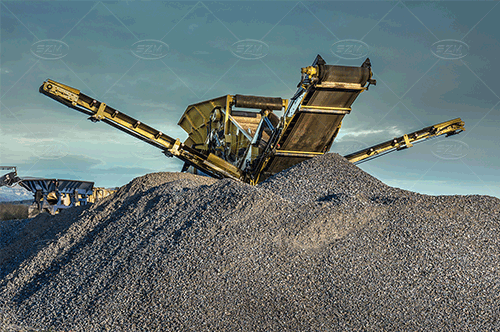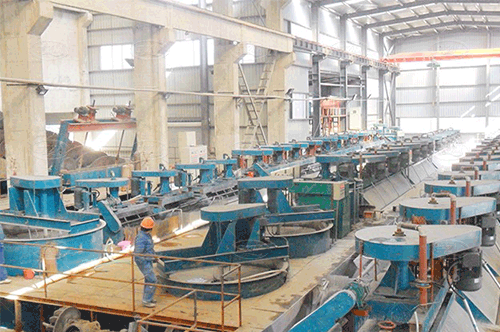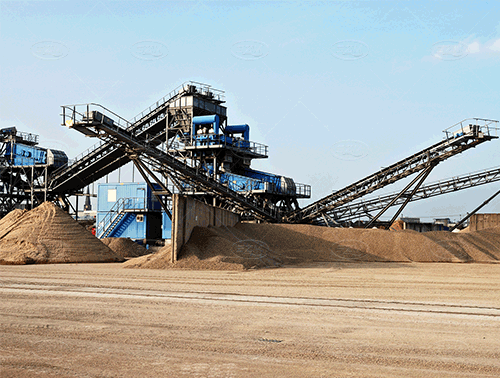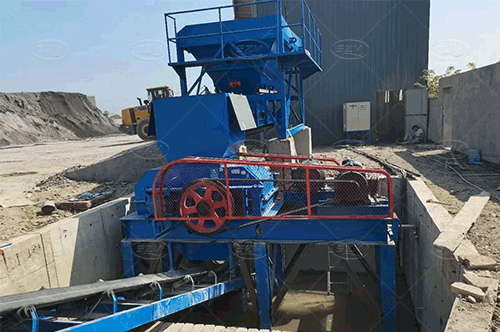Concentration tank






Concentration tank
Total Weight:1.8–204.6(t)
Charge Amount:1.8-204.6(t)
Processing Ability:5.6–6250(t/d)
Applied Materials:Slime, waste water, waste slag, etc
Features and technology advantages of Concentration tank
Thickening tank, sewage treatment concept, also known as sludge thickening tank. Generally, it adopts the shape of vertical flow or radial flow. It can be divided into intermittent operation and continuous operation. The former is mainly used in small sewage treatment plants or sewage treatment plants of industrial enterprises, while the latter is used in large and medium-sized sewage treatment plants. The form of continuous gravity concentration tank is the same as that of radial flow sedimentation tank. It can be divided into three types: sludge scraper and sludge mixing device, without sludge scraper and multi-layer concentration tank.

Application Fields of concentration tank
High efficiency concentrator is widely used for processing slime, waste water and waste residue in metallurgy, mining, coal, chemical industry, building materials industry, environmental protection and other departments. It can improve the utilization rate of return water and bottom flow concentration, which also has important significance for environmental protection.
Features of concentration tank
1. Strong sludge storage capacity and low power consumption.
2. The concentration speed is fast, the floor area is small, and the mud scraping is convenient.
3. The required hardware is not complex and the cost recovery is faster.
Working principle of Concentration tank
The thickener has continuous and intermittent operation modes. Continuous operation refers to continuous sludge feeding and continuous sludge discharge, which is relatively easy to achieve in large-scale sewage treatment plants. Small sewage treatment plants can only intermittently feed and discharge sludge, because the primary sedimentation tank can only operate intermittently. Continuous operation can keep the sludge layer stable, which is beneficial to the thickening effect. The treatment plant that cannot operate continuously should "frequently enter and discharge" to make the operation as continuous as possible. Of course, this largely depends on the sludge discharge operation of the primary sedimentation tank. When "frequent discharge" is not possible, at least timely sludge discharge shall be ensured, and each time sludge discharge must not be excessive, otherwise the sludge discharge speed will exceed the concentration speed, making the sludge thinner and damaging the sludge layer.

Product Data
Technical Data of concentration tank:
Model
Tank diameter (mm)
Pool depth (mm)
Subsidence(㎡)
Capacity(t/d)
Motor model
Power (kw)
Weight of steel tank(kg)
Total weight(kg)
NZSG-2.5
2500
1850
4.9
5-22.4
Y90L-6
1.1
1000
2225
NZSG-3A
3000
1800
7
5-23.3
Y100L-6
1.5
1664
3168
NZSG-3
3600
1800
10.2
5-28.5
Y100L-6
1.5
2097
3680
NZSG-5
5000
2956
16
16-90
Y90L-4
1.5
5160
7908
NZSG-6
6000
2956
28.3
98
Y90L-4
1.5
5769
8772
NZSG-7
7000
3000
38.5
140
Y112M-6
2.2
8800
13862
NZSG-8
8000
3318
50.2
185
Y132S-6
3
12966
19158
NZSG-9
9000
3376
63
210
Y132S-6
3
15418
21733
NZSG-12
12000
3600
113
370
Y132S-6
3
25589
34823
NZSG-15
15000
3600
176
580
Y132S-4
5.5
35800
54315
NZSG-18
18000
4400
255
960
YCT200-4B
7.5
52485
73588
NZSG-20
20000
4400
315
1400
YCT200-4B
7.5
59365
76312









